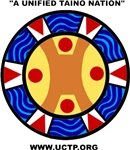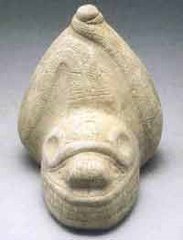Did You Know: The cashew tree (Anacardium occidentale) is said to have originated in northeast Brazil, however, it
is widely distributed through tropical South and Central America and the
Caribbean. In Borikén (Puerto Rico) and Kiskeia (Dominican Republic), what are
understood to be Taino words for cashew are still used today, incorporated in
the local Spanish language including kahuil (prounounced kah-hoo-eel), pahuil (pajuil), and pauhil. An
additional, more rarely used term for cashew in Borikén is pahui (pajuy/pah-hoo-ee). All
these terms seem to be related linguistically to the term for cashew used in indigenous
Tupian languages - acajú
- said to mean
“nut that produces itself.” The cashew tree is large and evergreen, growing to
10-12m (32 ft) tall. It produces a type of fruit (known in English as ‘cashew
apple’ or ‘marañón’
in Spanish), which is edible, and has a strong "sweet" smell
and a sweet taste. The cashew nut is really a seed and a good source of
antioxidants, but it needs to be roasted or steamed as it contains urushiol, a resin that can cause skin rashes, and can be toxic when ingested. Urushiol is also present in the tree's leaves. Traditional medicinal uses of the cashew tree include grinding the
seeds into a poultice for treating snakebites, and the use of the fruit, bark, and leaves for
many other purposes including anti-fungal activity, for sores and rashes, or as
an antipyretic, and for antidiarrheal applications. – UCTP Taino News
Subscribe to:
Post Comments (Atom)







No comments:
Post a Comment